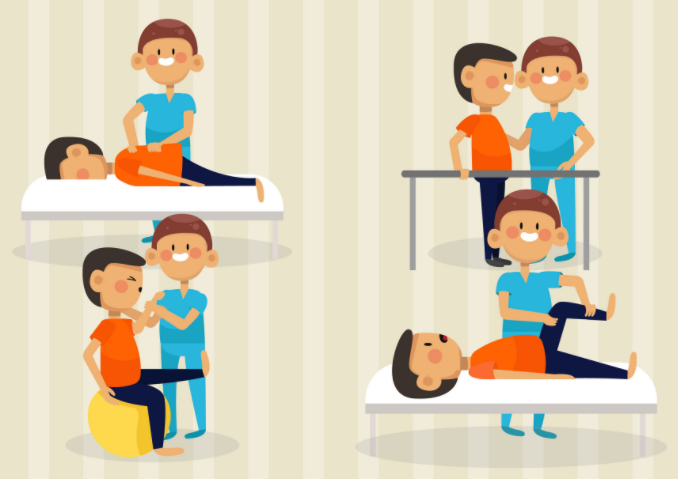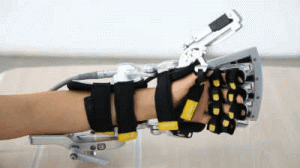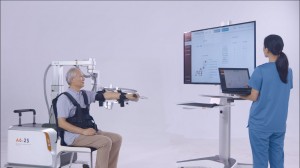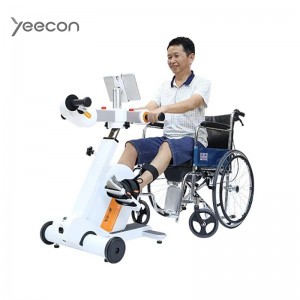Limb Function Training for Stroke Hemiplegia
— Passive Upper Limb Movement
Stroke is a common Neurological disease, and hemiplegia is a common symptom of stroke. For hemiplegia, in addition to drug treatment, functional training is also a very important means of treatment. Here we introduce one of the ways of limb function training for hemiplegia – passive upper limb movement.

1. What are the purposes of passive upper limb movement?
A. Accelerate limb function recovery, improve limb function recovery degree of hemiplegia, and prevent deformity and contracture of hemiplegia limbs.
B. Avoid joint stiffness caused by long-term disuse, relax muscles, stretch the contracted muscles and ligaments, and promote the recovery of neurological function.
2. What are the basic principles of passive upper limb movement?
a. Need to include every joint involved in the movement
b. It is necessary to include all physiological activity directions of involved joint
c. The joint movement ROM (range of motion) in each direction should reach maximum physiological limit as much as possible
d. Follow the sequence of upper limbs to lower limbs and then to the trunk
e. Maintain antispasmodic position in the whole process
f. Avoid or reduce exercise of the dominant muscles
g. Avoid violence
3. Timing of upper limb passive movement exercise
For both cerebral infarction and cerebral hemorrhage cases, exercise can be performed 48 hours after vital signs are stable.
Rehab Equipment for Passive Upper Limb Movement Exercise
1.Hand Rehabilitation Robotics A5
Passive training hand rehabilitation robotics is A5 for finger and wrist rehabilitation training. It works with real-time simulation of human finger and wrist movement rules. Composite passive training is available for single fingers, multiple fingers, all fingers, wrists, fingers and wrists. Patients can perform comprehensive rehabilitation training in a computer virtual environment with the help of robotic exoskeleton.

2.Arm Rehabilitation and Assessment Robotics A6
The arm rehabilitation and assessment robotics can realize passive and active movement of arms in multiple dimensions. Moreover, integrated with situational interaction, feedback training and a powerful evaluation system, A6 enables patients to train under zero muscle strength. The rehab robot offer patients passive upper limb training in the early period of rehabilitation, thus shortening rehab process.

3.Rehab Bike for Upper and Lower Limbs SL4
SL4 enables passive, assist, and active (resistance) training on patients’ upper and lower limbs. The bike helps to improve the function of limb joints and muscles and promote the recovery of limb neuromuscular control function. The system has built-in sports programs including standard, relaxation, strength and endurance, and coordination modes, so that it’s applicable to patients in different stages of functional recovery.

Read more:
Application of Isokinetic Muscle Training in Stroke Rehabilitation
Robotics for Early Walking Function Re-Establishment
Rehab Robotics Bring Us Another Way to Upper Limb Function Rehab
Post time: Feb-25-2022






